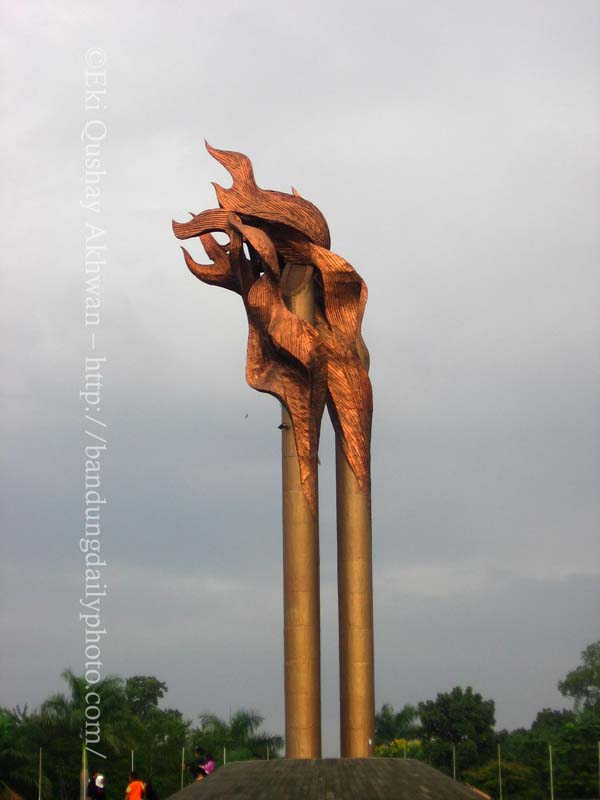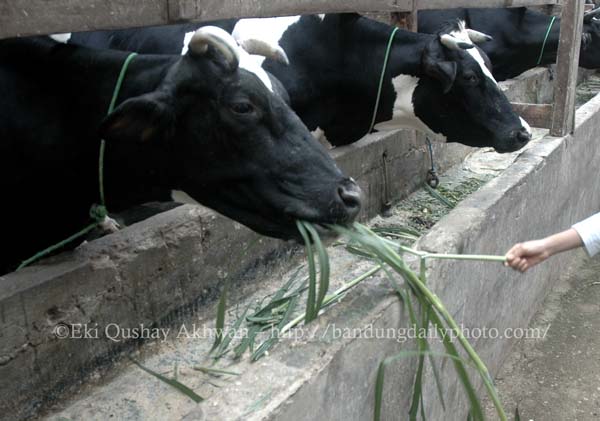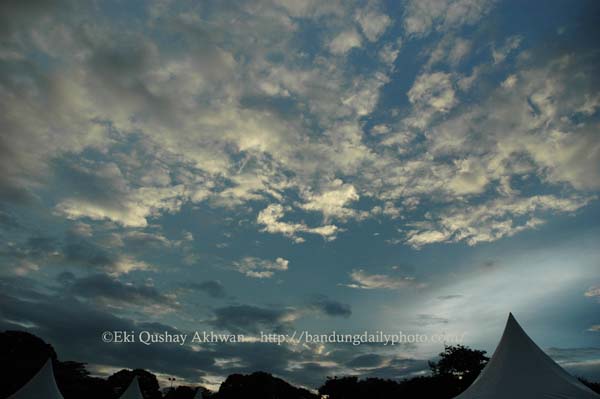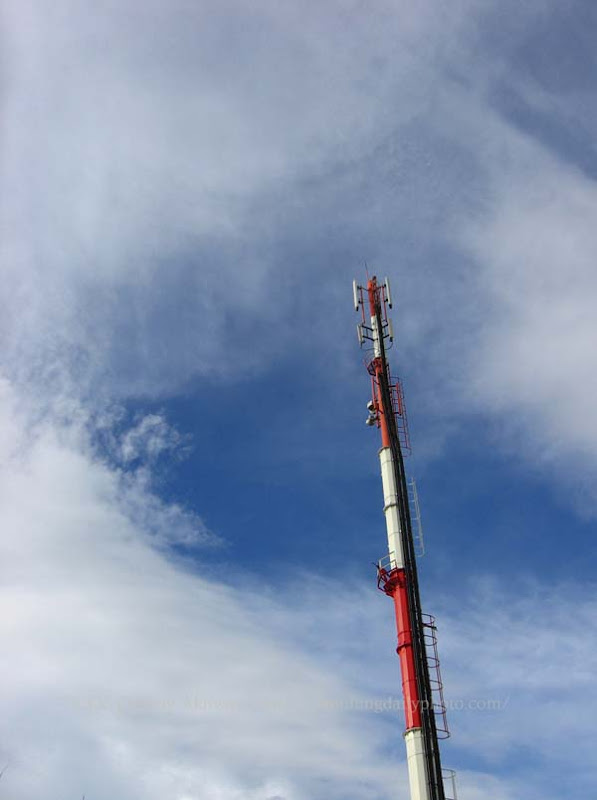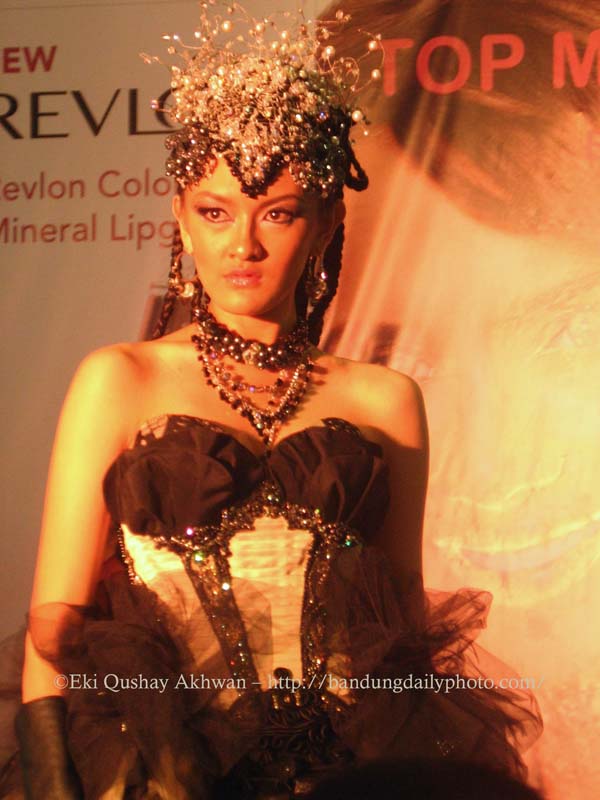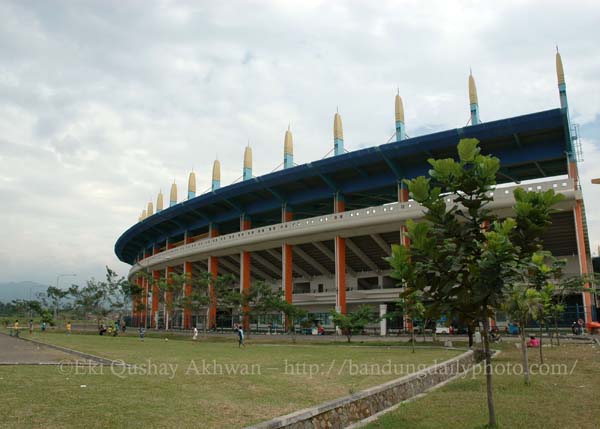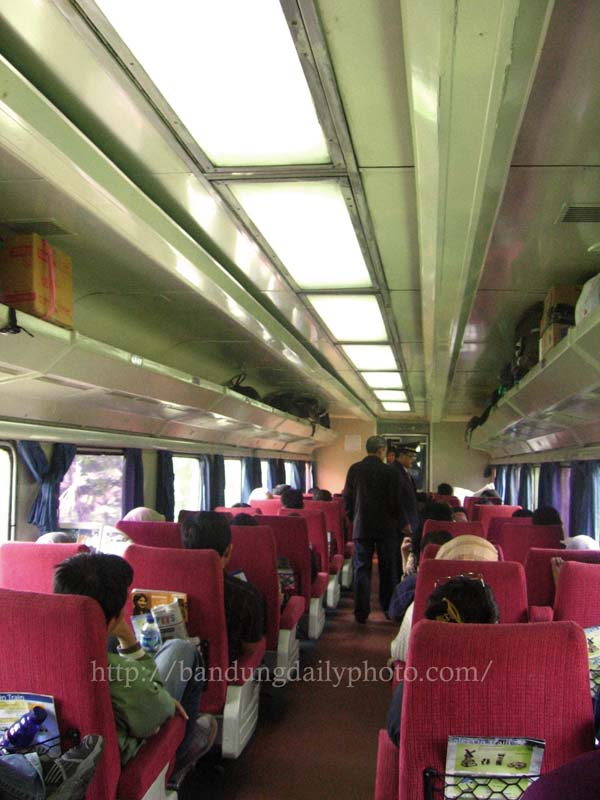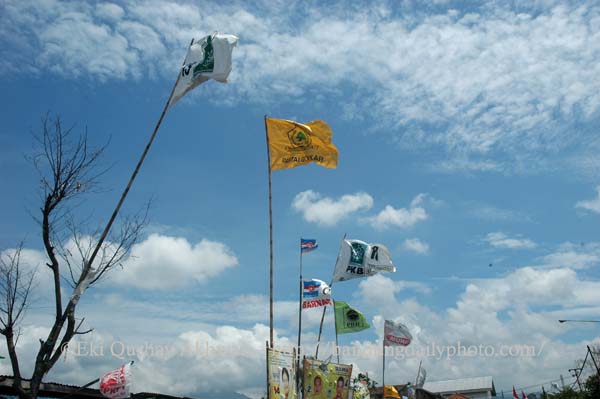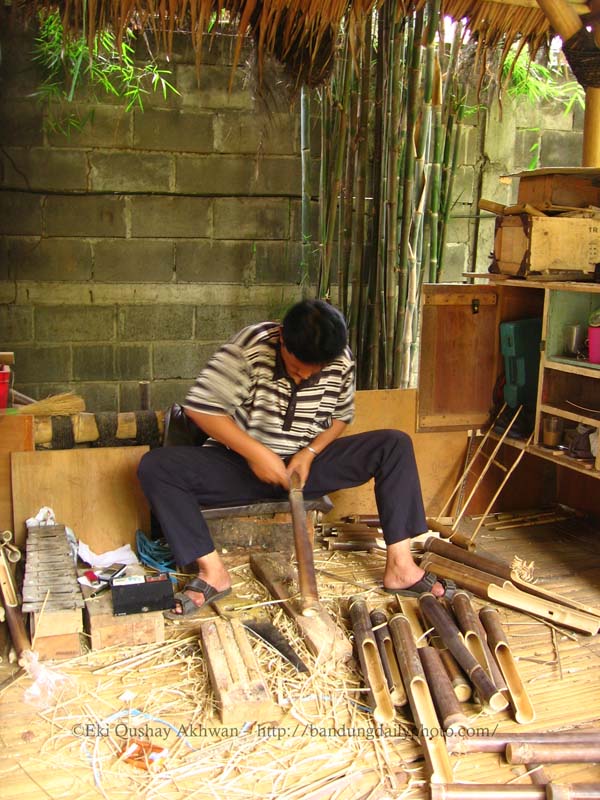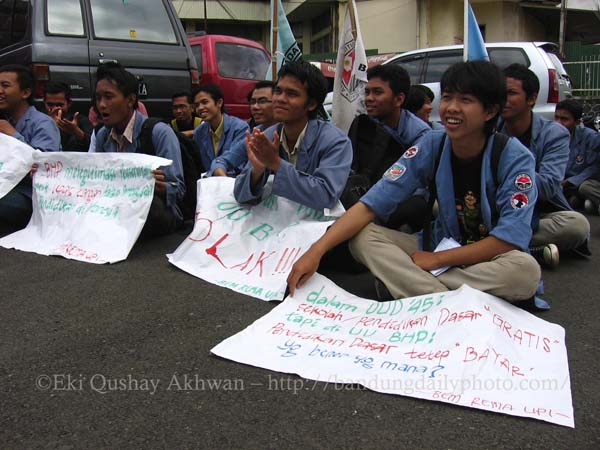
As a newly emerging democracy, Indonesia still has a lot of things to learn about its nature and decent practices. Just a little more than ten years ago, we did not use to have or enjoy what we do now. Direct and free elections of government officials and the freedom of speech and the press, for example, were only a dream when I was a student. Demonstrations - except if they were in support of the ruling regime - were strictly forbidden in the name of "national security" and "political stability" and for the sake of "economic development and progress," the polical jargons that the New Order regime under President Suharto often used to defend its undemocratic practices.
We did enjoy a remarkable economic growth then, and Indonesia was named as one of the emerging economic tigers of Asia. However, a government without transparency and public accountability tends to become corrupt and abusive of its power. And that is exactly what was discovered when the economic crisis of 1997-98 hit the region. A large portion of the wealth of this country was found to have been circulating only in a limited circle of people, mostly those closest to power and their cronies. Collusion, corruption, and nepotism were rampant that what appeared to be progress and prosperity was nothing more than a shell that was hollow inside.

With the crises, came the Reform movement, and democratization programs were speedily instituted. The 1945 Constitution has since been ammended four times to make rooms for democratic institutions and practices, and avoid abuse and misinterpretations by those in power.
Government officers and members of the legislative bodies are now freely and directly elected and, with the abolition the regulations that gave the government control over the press, the press is now as free as those in any democratic countries. Citizens are also free to stage protests and demonstrations and to petition the government for redress of grievances. The establishment of the all powerful
Komisi Pemberantasan Korupsi (Corruption Eradication Commission) particularly has made the efforts to get rid of corruptive practices a crowning jewel of our efforts to have a clean and accountable government and get back on track to prosperity. A lot of high ranking public officers, including a substantial number of the members of the legislative bodies, have been captured, tried, and indicted for embezzlement of public funds.
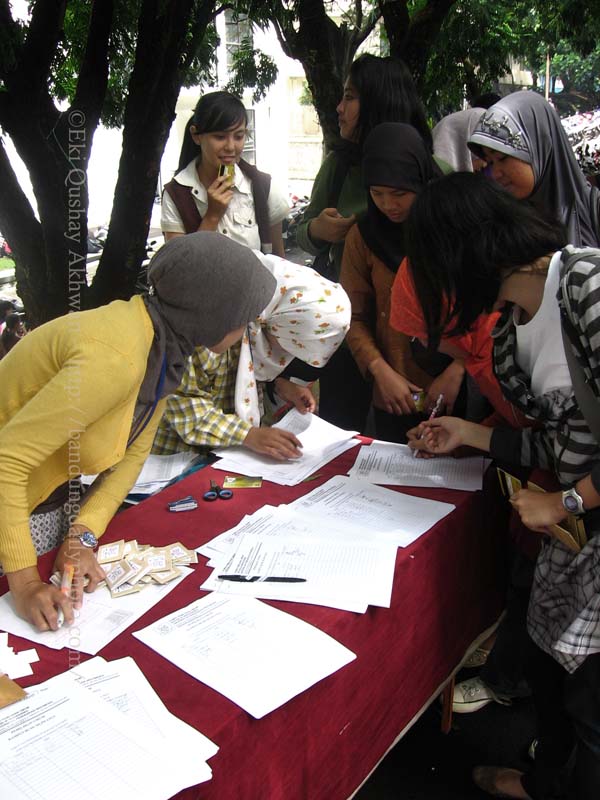

Although relatively new, the spirit and practices of democracy are well-embraced by Indonesians from all walks of life, as these photos show. The top photo is of a small group of Indonesia University of Education students who - like a lot other students from around the country - recently protested a new legislation passed by the DPR
(Dewan Perwakilan Rakyat) - the Indonesian parliament. They considered the new law, which would require that all Indonesian schools and universities be made into
Badan Hukum Pendidikan (Legal Educational Body), as an effort to privitize education and a betrayal of the Constitutional rights of the citizens to get an affordable education for all.
The second, third, and fouth photos are of students giving their votes for Students Legislative and Executive Bodies.


